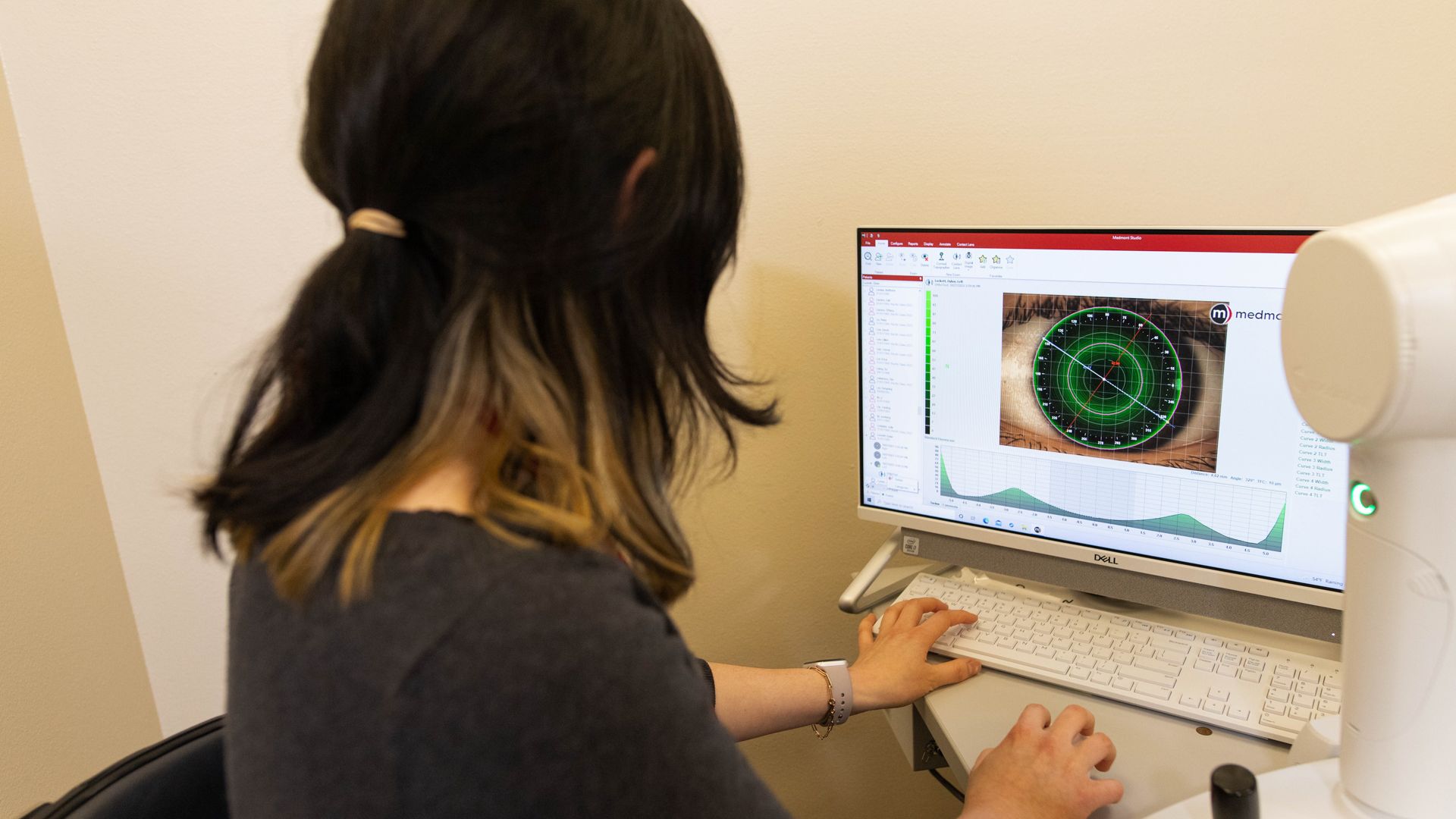The Vision Performance Institute (VPI) is a leading research organization focused on vision sciences. VPI is dedicated to researching vision performance to drive product development, support, and clinical care. We have recently added the capability to investigate and map consumer/user experiences to aspects of engineering performance that matter to a product/experience developer. We use rigorous scientific methodologies to perform pointed experiments that will provide you unbiased, focused results to drive your strategic and technical decisions.
History
The Vision Performance Institute is an academically affiliated research organization with ties to several universities, corporations and professional organizations. Originally founded and located at The Ohio State University in 2002 by James E. Sheedy, OD, PhD, the VPI now resides at Pacific University's campus in Forest Grove, OR. The Vision Performance Institute boasts a proud history of quality research in vision science that has been established as one of the premier vision research organizations in the United States. VPI is now proud to announce the expansion into human factors and modeling/assessment of areas critical to end user experiences. We now offer expertise that can assess aspects like Usability/UI, system responsiveness, video/audio quality, thermal/acoustic performance and many other adjacent areas--making VPI a single stop to handle end to end product Qualitative and Quantitative Analysis and evaluations.
Areas of Expertise
The VPI boasts an array of specialties, thanks to the diverse educational backgrounds of its researchers and contributors. Some noted areas of expertise include but are not limited to the following:
- 3D vision and display technology
- Vision ergonomics and computer vision
- Light toxicity and age-related eye disease
- Contact lenses
- Progressive addition lens design and technology
- Font design and legibility
- Accommodative and vergence interaction and dysfunction
- Competitive & Quality Assessments:
- Visual (products, algorithms, end-to-end processing chains etc.)
- Audio
- Thermal
- Perceptual analysis for and Mean Opinion Score modeling for:
- Responsiveness
- Engineering Aspects
- Visual impairments
- Full Product interaction assessment
- Qualitative and Quantitative Analysis
